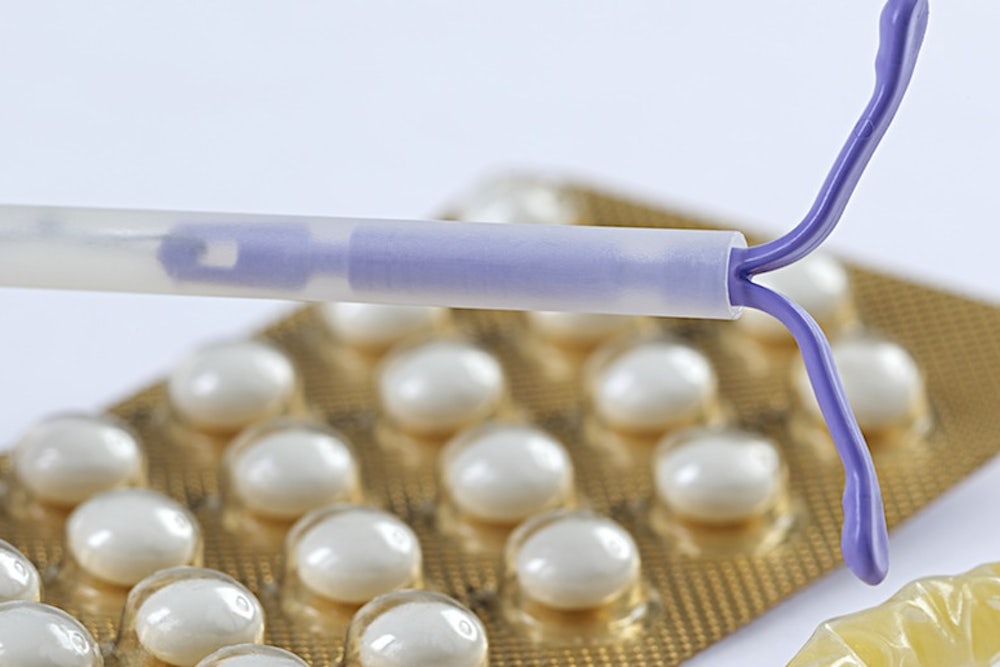The rate of contraceptive use for women of reproductive age hasn’t moved much since 2006, but the kinds of contraception women use has changed. According to a new report from the Centers for Disease Control and Prevention, the most effective kind of birth control—long-acting, reversible contraceptives (intrauterine devices, called IUDs, and hormonal implants)—has nearly doubled since the last report. Between 2011-2013, 7.2 percent of women reported using this method, up from 3.8 percent between 2006-2010.
In September, the American Academy of Pediatrics named IUDs and hormonal implants the most reliable contraceptives because of their failure rate of less than 1 percent. Condoms and the pill are still the most common methods of birth control, even though they also have higher failure rates of 18 percent and 9 percent. The good news is the number of women choosing long-acting contraceptives may continue to rise, given that the Affordable Care Act now requires insurance policies to cover birth control with no out-of-pocket costs. Before, implanting an IUD could cost a woman hundreds of dollars.
The type of birth control clearly matters, so how do usage rates compare across age, race, and education?
Condoms and the pill are still more popular than IUDs and implants across all age groups.


Broken down by race, white women rely on the pill the most, while Hispanic women are more likely than black and white women to rely on long-acting contraceptives:

